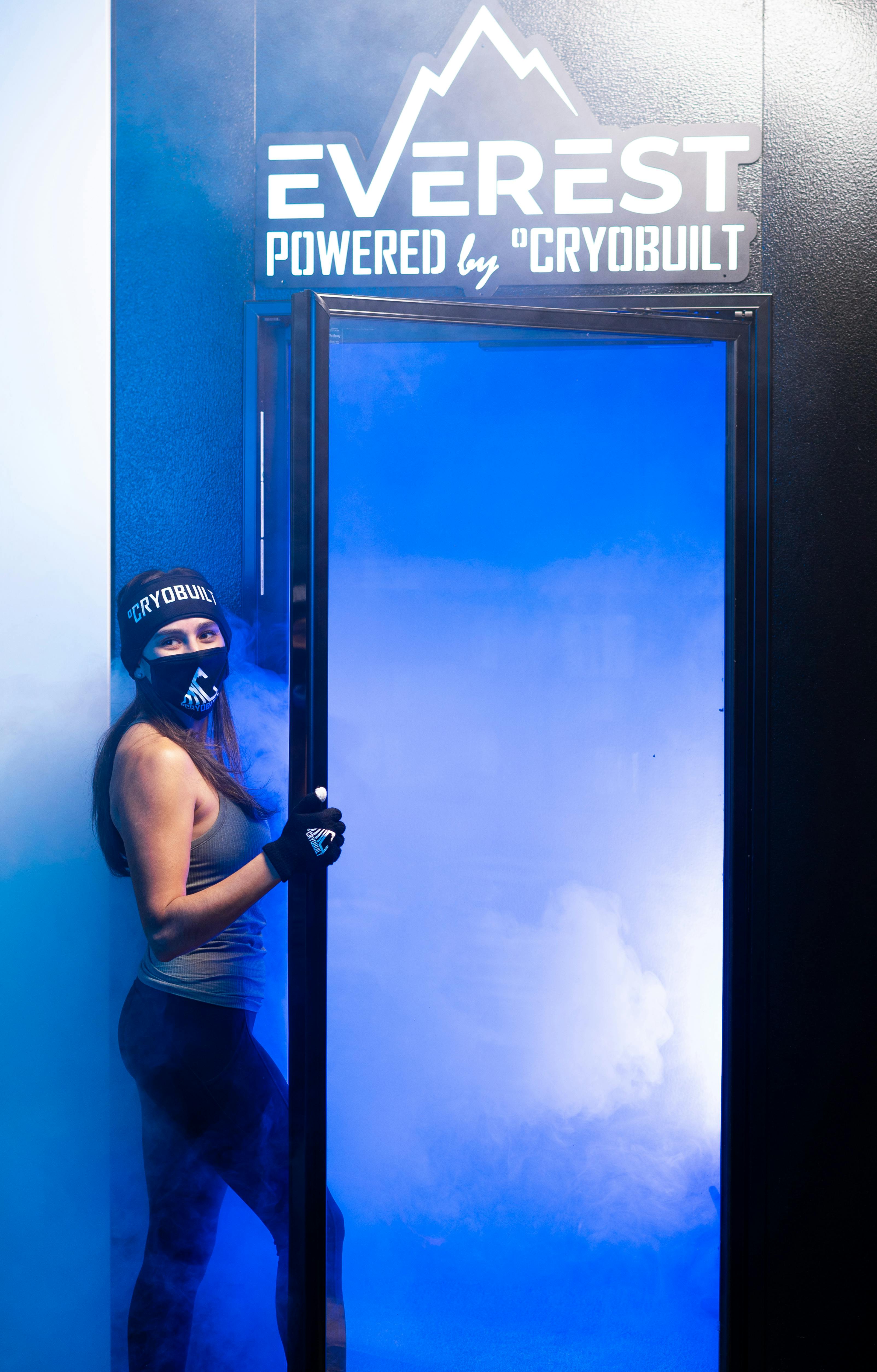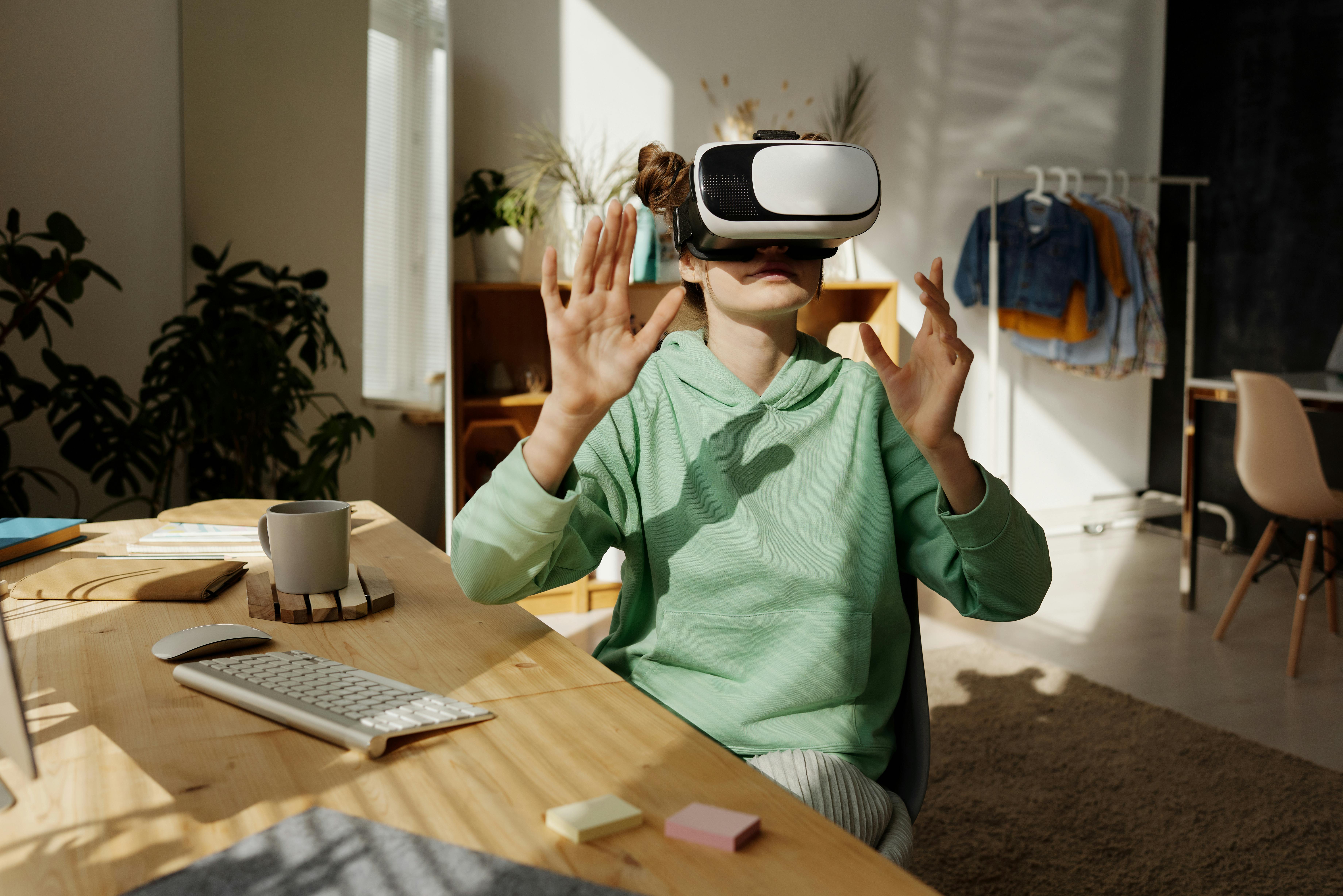Unraveling the Mysteries of Cryotherapy in Beauty and Fitness
Since time immemorial, humans have sought ways to improve their physical appearance and boost their health. The beauty and fitness industry has evolved significantly over the centuries, introducing numerous methods, technologies, and products. One relatively recent development that has generated significant buzz is cryotherapy. While it may seem like a modern technique, the use of cold temperatures for therapeutic purposes dates back to ancient civilizations. This article delves into the history, current trends, benefits, market relevance, and industry impact of cryotherapy in the beauty and fitness space.

A Journey Through Time: The Historical Context of Cryotherapy
The concept of using cold temperatures for therapeutic purposes is not new. In ancient Egypt, cold was applied to treat injuries and inflammation. The Greek physician Hippocrates, widely regarded as the father of modern medicine, documented the benefits of cold therapy in reducing swelling and pain. However, it wasn’t until the 20th century that cryotherapy began to take shape in its modern form.
In the 1970s, a Japanese rheumatologist, Dr. Toshima Yamauchi, developed whole-body cryotherapy (WBC) to manage the pain and inflammation associated with rheumatoid arthritis. The method involved exposing the entire body to extremely cold temperatures for short periods. As the technique gained popularity, its use expanded beyond pain management to include applications in sports recovery, beauty, and wellness.
Cryotherapy Today: Current Trends and Expert Analysis
Cryotherapy has gained significant traction in the beauty and fitness industry in recent decades. It’s touted as a wonder-therapy, promising benefits ranging from improved skin condition to enhanced athletic performance and weight loss.
One of the major trends is the incorporation of cryotherapy in beauty treatments. Cryo-facials, for instance, use vaporized liquid nitrogen to freeze the skin on the face, scalp, and neck area. This is believed to shrink pores, reduce wrinkles, and promote a healthier complexion.
Fitness enthusiasts and athletes are increasingly turning to whole-body cryotherapy for recovery. By exposing the entire body to extreme cold, it’s thought to help reduce muscle pain and speed up recovery after intense workouts.
Despite the growing popularity of cryotherapy, it’s vital to note that research into its effectiveness and safety is ongoing. While some studies support its benefits, others call for more rigorous, large-scale trials.
The Cold Hard Facts: Benefits and Industry Impact
Cryotherapy’s benefits are manifold, particularly in beauty and fitness. For skin health, the sudden drop in temperature during a cryo-facial causes constriction of blood vessels, which can help reduce puffiness and inflammation. Moreover, the subsequent vasodilation (widening of blood vessels) increases blood flow, delivering oxygen and nutrients that can give the skin a healthy glow.
In the fitness world, athletes use cryotherapy as a recovery tool to manage muscle pain and inflammation post-workout. The cold exposure is thought to help flush out toxins and metabolic waste, enabling faster healing.
The market relevance of cryotherapy is undeniable. According to a report by Grand View Research, the global cryotherapy market is expected to reach USD 6.72 billion by 2025, expanding at a compound annual growth rate of 9.6% from 2019 to 2025. This growth is driven by increasing consumer demand in beauty and fitness, among other sectors.
A Frosty Future: Evidence-Based Recommendations
While cryotherapy offers promising benefits, it’s not without risks. Potential side effects include redness, tingling, and in rare cases, frostbite. Therefore, it’s crucial to seek cryotherapy services from certified professionals who understand the proper protocols.
Moreover, individuals with certain health conditions, such as heart disease and high blood pressure, should avoid cryotherapy due to potential health risks. As always, it’s recommended to consult with a healthcare provider before trying a new treatment.
In conclusion, cryotherapy offers a fresh perspective in the beauty and fitness industry. While it harks back to ancient practices, its modern applications are firmly rooted in our quest for improved health and aesthetics. As research continues to explore its potential, it’s clear that cryotherapy, despite its chilly nature, holds a hot spot in the future of beauty and fitness.






